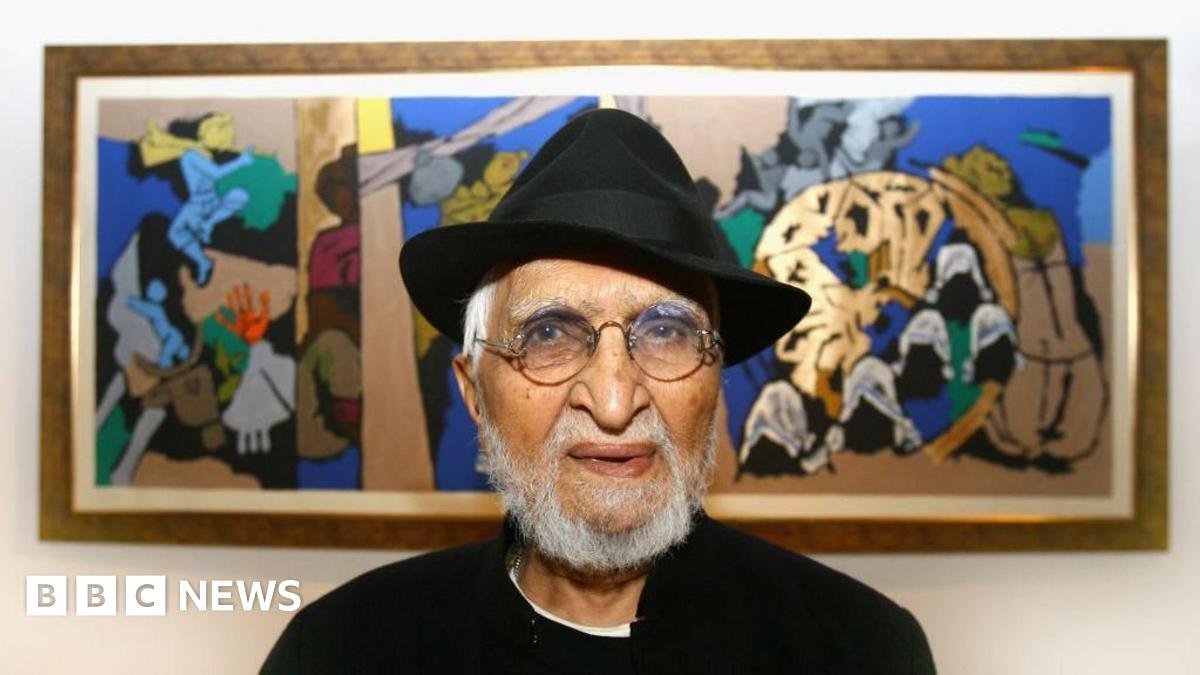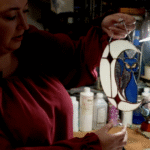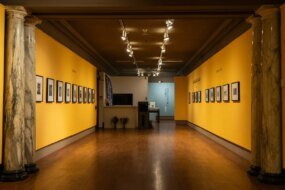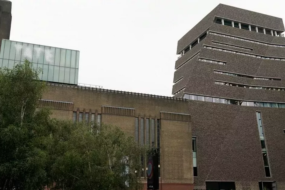
The latest paintings to be auctioned seem to follow a similar trajectory.
Husain began working on them in the early 2000s, with great excitement and vigour, recalls Pundole.
“When he was painting, nothing could disturb him. It didn’t matter what was happening around him,” he adds.
In 2004, Husain sold 25 paintings to a Mumbai businessman as the first instalment of a billion-rupee deal.
Kishore Singh, author of MF Husain: The Journey of a Legend, wrote , externalabout this agreement in the Indian Express newspaper.
“He [Husain] wasn’t jealous of fellow artists, but he was competitive,” Singh writes, noting that Husain struck the deal soon after Tyeb Mehta’s Kali [an Indian goddess] set a new record for India’s most expensive painting in 2002, selling for 15 million rupees.
Husain struck a billion rupees deal with businessman Guru Swarup Srivastava for this series of paintings. Media dubbed it “India’s biggest art deal,” catapulting the little-known Srivastava into overnight fame as a celebrity collector.
But two years later, India’s top crime agency, Central Bureau of Investigation (CBI), began investigating Srivastava’s business, external, alleging he and associates had misused a loan, external from a government-backed agricultural body.
The CBI alleged Srivastava diverted the funds into real estate, mutual funds, and Husain paintings. He and his company deny all charges; the case remains in court.
In 2008, a tribunal allowed the government-backed agricultural body to seize one billion rupees in assets from Srivastava, including the 25 Husain paintings.
In February this year, a court cleared the way, external for the paintings to be auctioned to recover part of the loan. And so, after years locked away in bank vaults, the 25 paintings are finally stepping into the spotlight.








